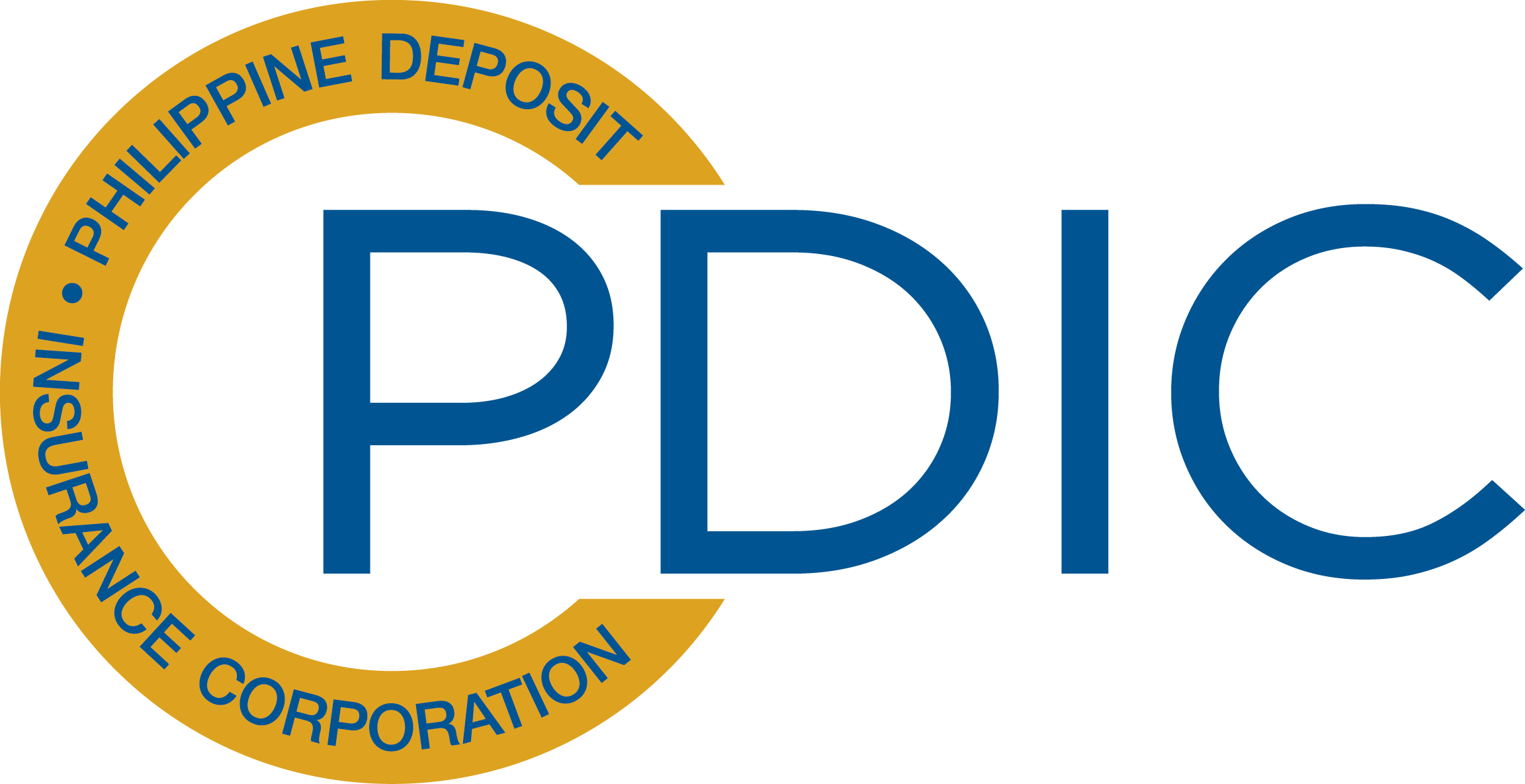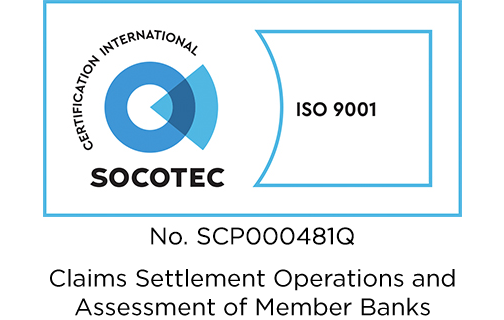| ARCHIVE |
The agricultural sector as lynchpin for inclusive growth* |

There are two events that bring to the fore the role of the Philippine agricultural sector as a cornerstone for inclusive growth. These are the accelerating process of the Asean economic integration in 2015 and the milestone of 25 years of the Philippine land-reform policy framework or the Comprehensive Agrarian Reform Program by June of this year. These two events warrant and present an opportunity for a major review of the agricultural and land-reform policy within an integrated framework of macroeconomic policy. This framework should be guided with concerns for inclusive growth, which implies poverty reduction, if not elimination, the Asean economic integration and global competitiveness. Such a review should find it useful to include the use of the traditional model of "dual economies" and labor and agricultural surpluses of the development economists W. Arthur Lewis and Gustav Ranis and John Fei. The dual economy and labor surplus The Lewis model for economic development and a more advanced version by Ranis and Fei use a two-sector economy that originally has a very big agricultural sector relative to a small industrial sector. As the economy grows and develops, the increase in the productivity of labor in the agricultural sector releases available labor for industry and other non-agricultural production. The increased agricultural productivity also supplies surplus produce and investments in industry. Industry is able to expand in a globally competitive environment because of the ample supply of labor coming from the agricultural sector. This simplified illustration of the model seems to approximate in broad terms the path of economic development in Japan, Taiwan and South Korea. In the case of the Philippines, industrial development did not grow as fast as warranted, stymied as it was with import substitution policies while Japan, and later Taiwan, South Korea and other so-called tiger economies, embarked on "export led" growth strategies. The Philippines seems to have followed a different path of economic development with agriculture not having been able to attain labor and land productivities needed to release surplus labor into the industrial sector. On the other hand, economic and political problems also prevented the investments required to enable the industrial sector to demand and absorb surplus labor from agriculture. In other words, the Philippines had not been able to proceed along the same path as the now more advanced Asian economies, typified by export and investment-led growth, while transforming from an agricultural base into an industrial-based economy. Some of the key obstacles to inclusive growth The two events of Asean economic integration and the lapse of 25 years of the agrarian-reform law present opportunities to review and come up with a policy framework to address the obstacles that the country has encountered against inclusive growth. The obstacles are lack of investments in infrastructure and the rural areas. The investments in infrastructure most needed are in roads, power, ports and airports. There is also a need for a comprehensive agricultural and agrarian-reform policy geared toward higher productivity, employment and global competitiveness. Global competitiveness implies economies of scale for agricultural and nonagricultural production in the rural areas. The growth path that the Philippines has followed has been incidentally boosted by the overseas Filipino workers who have worked abroad and their inward remittances have boosted the gross national product. In effect, any labor surplus did not go to domestic industry but to foreign employment. In the past decade, the demand for Philippine labor was also greatly boosted by the business process outsourcing industry. The Philippine growth model is, thus, unique in that the services sector has grown faster than the manufacturing sector. However, employment and underemployment persists in the rural and urban areas. The good governance policies and the fiscal position of the Philippines has put it in a strong position to take advantage of the expanded consumer, resource and financial markets that will be accorded by Asean integration. The fruits of the country's efforts can be optimized with an integrated agricultural and laud ownership framework that domestic and foreign investors understand. ____________________________ * Written by PDIC President Valentin A. Araneta for Free Enterprise and published in the Businessmirror on May 1, 2014. Mr. Araneta writes for the Free Enterprise column as a member and officer of the Financial Executives of the Philippines (Finex). Requests for his past articles may be coursed throughccd@pdic.gov.ph. |
back |
This website uses information-gathering tools including cookies and other similar technology. Data generated are not shared with any other party. For more information, please refer to our privacy policy.
 PDIC is a government instrumentality created in 1963
PDIC is a government instrumentality created in 1963by virtue of Republic Act 3591, as amended, to insure
the deposits of all banks. PDIC exists to protect
depositors by providing deposit insurance coverage for the depositing public and help promote financial stability. PDIC is an attached agency of the Bangko Sentral ng Pilipinas.

Questions? Need Help?
Click Frequently Asked Questions
Trunkline.: (632) 8841-4000
Hotline: (632) 8841-4141
(for Metro Manila clients)
Fax No.: (632) 8841-4085
Email: pad@pdic.gov.ph
Client outside Metro Manila may call
Toll Free: 1-800-1-888-7342 or
1-800-1-888-PDIC

.png?Thursday; April 25, 2024)

Hotline: (632) 8841-4141
(for Metro Manila clients)
Fax No.: (632) 8841-4085
Email: pad@pdic.gov.ph
Client outside Metro Manila may call
Toll Free: 1-800-1-888-7342 or
1-800-1-888-PDIC

.jpeg)
.png)


